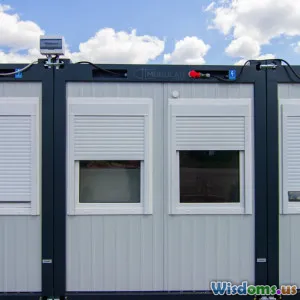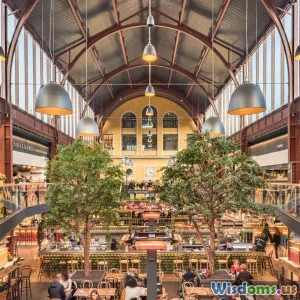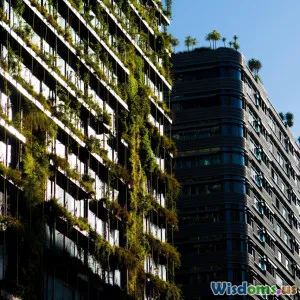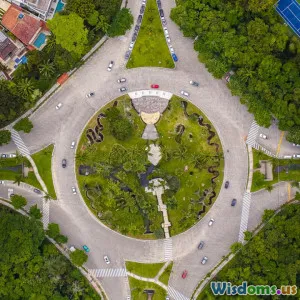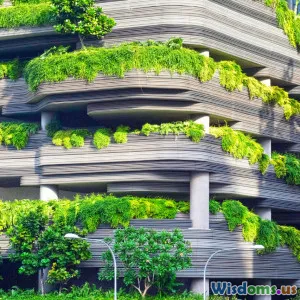
How Green Roofs Transform Urban Skylines and Save Energy
16 min read Explore how green roofs positively reshape city skylines while improving energy efficiency and sustainability. (0 Reviews)
How Green Roofs Transform Urban Skylines and Save Energy
Standing on a city street, the shimmering glass and concrete above might feel like a world apart from nature. However, a quiet revolution is happening overhead: green roofs, or living roofs, are transforming the way we experience, design, and inhabit urban spaces. More than just a gardening trend, green roofs provide tangible benefits for cities, people, and our planet. As global cities contend with warming climates and relentless development, installing green roofs offers a powerful solution: revitalizing skylines while slashing energy demands and restoring a bit of wildness to our built environments.
The Science of Green Roofs
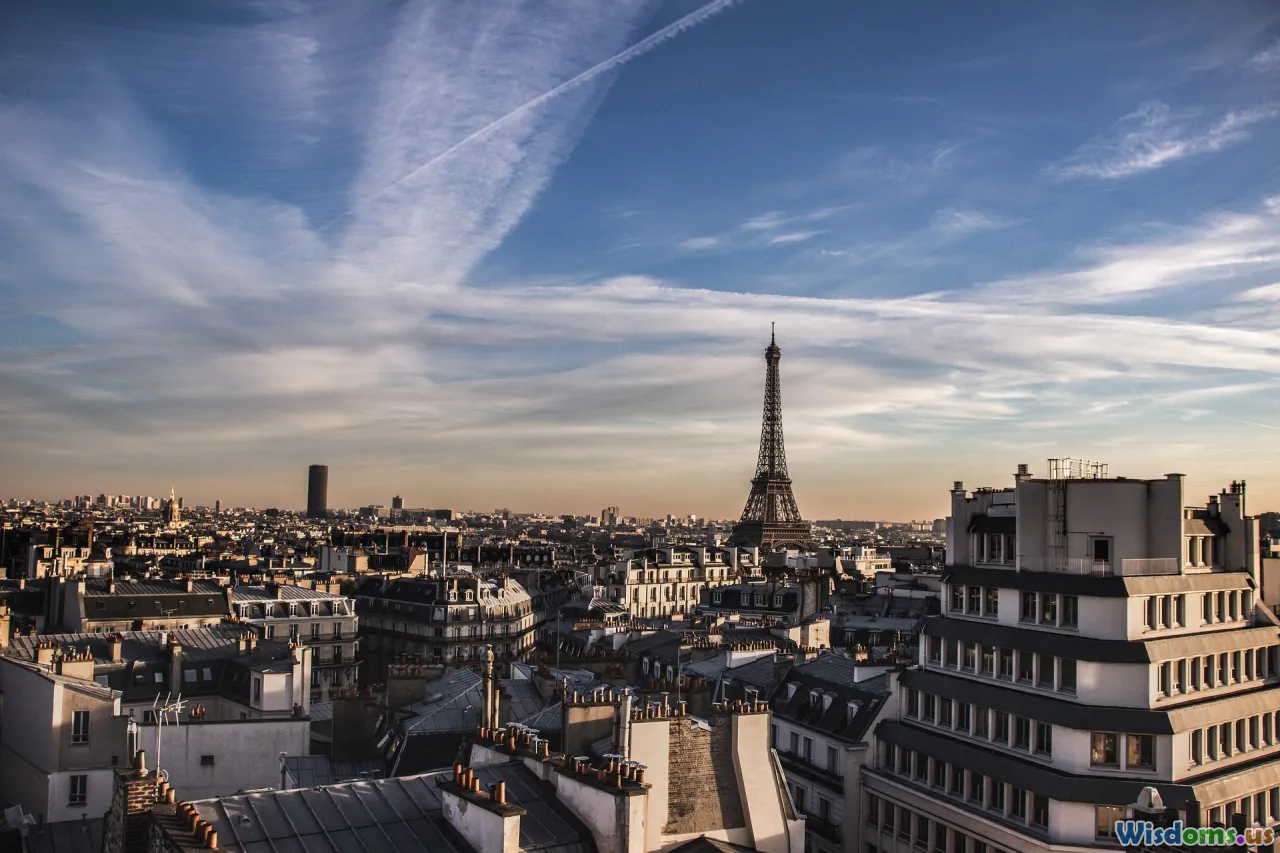
Green roofs are engineered systems that partially or completely cover a roof with vegetation. Underneath the aesthetic greenery lies a sophisticated layering: a waterproof membrane, root barrier, drainage and filter layers, lightweight planting soil, and finally, the selected plants. There are two major types:
- Extensive green roofs (shallow substrate, low-maintenance plants like sedums and mosses).
- Intensive green roofs (deeper soils, can host lawns, shrubs, even small trees, often accessible as garden terraces).
Each roof is tailored to climate, weight limits, and maintenance capacity.
How does this compact ecosystem help the city? By mimicking a natural landscape, green roofs intercept rainwater, provide shade, and moderate temperatures — effectively creating a living buffer atop human-made structures.
Example: Berlin, a leader in urban greening, boasts over 6 million square meters of green rooftops. City codes encourage even more, integrating nature into dense neighborhoods and office parks.
Energy Savings: Nature’s Cooling Blanket
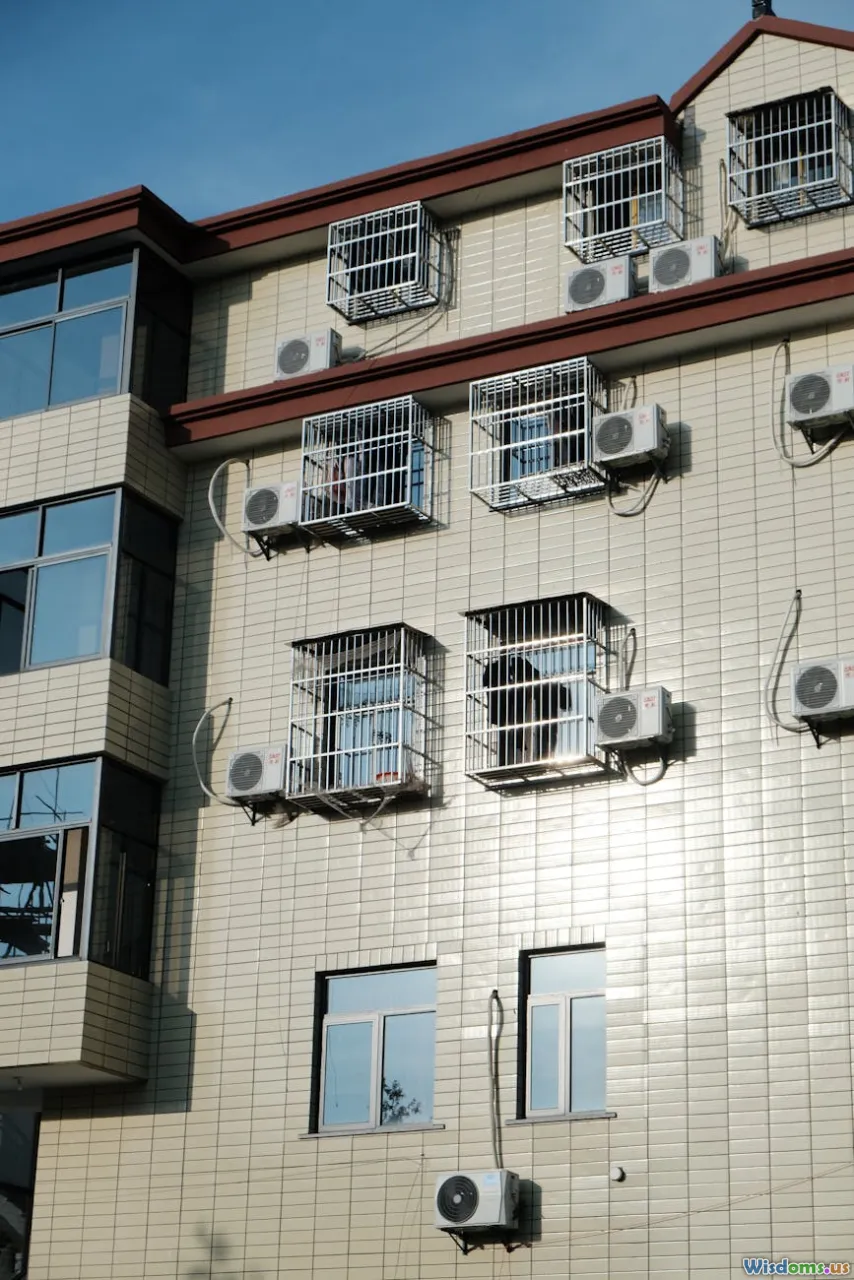
One of the best-documented benefits of green roofs is their ability to conserve energy. Traditional rooftops can reach temperatures soaring above 60°C (140°F) in summer, driven by sun exposure and heat-trapping materials like asphalt and tar. This heat radiates into buildings, straining air conditioning systems and driving up electricity bills.
Green roofs mitigate this in several ways:
- Thick soil and plant layers shield rooftop surfaces from direct solar radiation.
- Plants perform evapotranspiration — releasing water vapor, cooling the air, and reducing rooftop heat.
- At night, soil and foliage slowly release stored heat, evening out daily temperature spikes.
A study by the National Research Council of Canada found that green roofs can reduce summer energy demands by over 75% compared to typical dark roofs. For example, Toronto's City Hall green roof slashed the building's cooling costs while providing a lush parkland for public use.
On a larger scale, widespread adoption could significantly curb carbon emissions and flatten urban energy peaks, especially during heat waves.
Battling the Urban Heat Island Effect
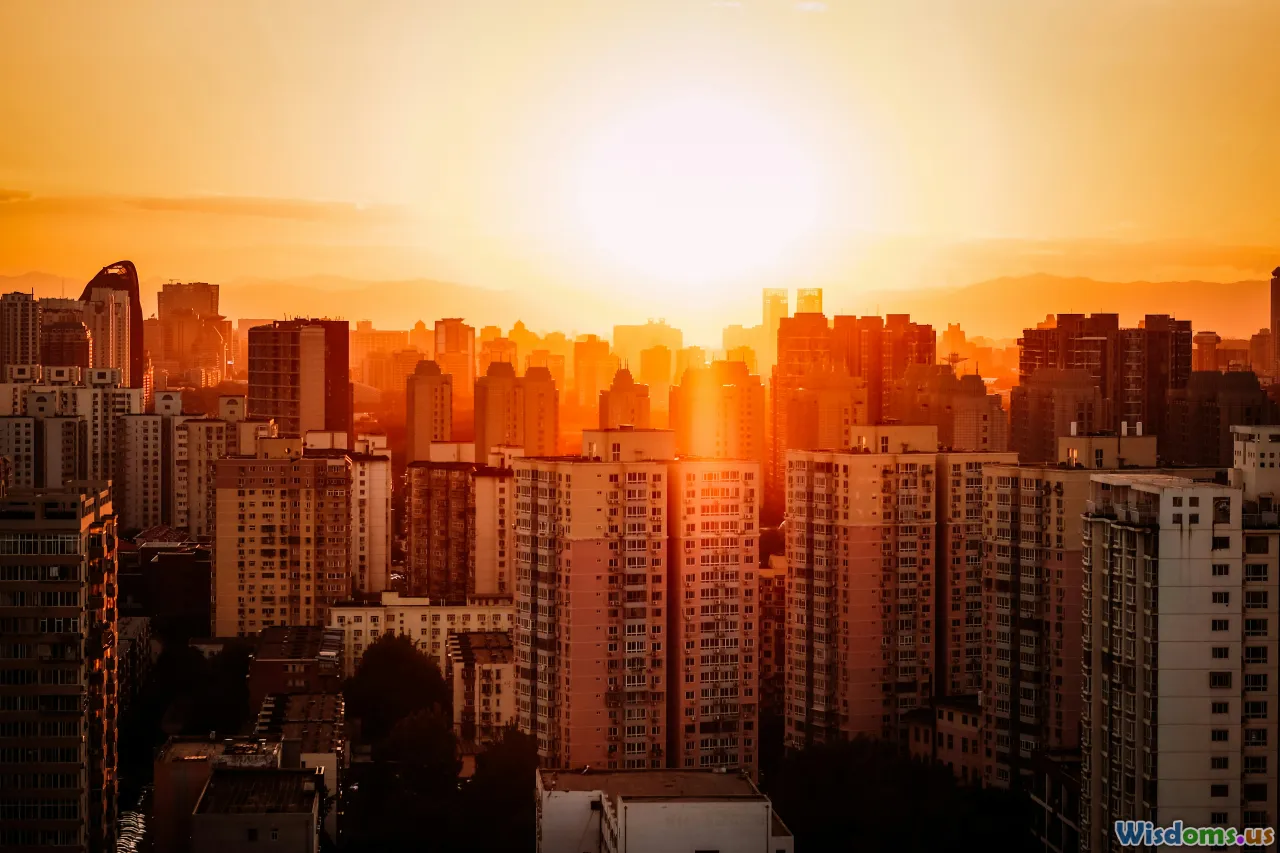
The "urban heat island effect" describes how city cores become oven-hot zones compared to their surrounds, mainly due to asphalt, concrete, and glass soaking up and re-emitting heat. Cities can be up to 7°C (12.6°F) hotter than rural areas. These raised city-center temperatures worsen air pollution, up summer smog, and endanger vulnerable populations.
Green roofs fight back by increasing urban albedo (surface reflectivity) and evapotranspiration. When cities like Singapore and Vienna introduced intensive rooftop gardens on public buildings, temperature monitors registered noticeable cooling on neighboring blocks.
Case in Point: Following major green roof initiatives, Helsinki, Finland observed cooling of up to 2°C (3.6°F) in heavily greened neighborhoods. Even small-scale efforts, multiplied across hundreds of rooftops, yield major collective climate impacts.
Stormwater Management: Turning Rooftops into Sponges

Cities are notoriously flood-prone during storms, as pavement and buildings shed, rather than absorb, water. Overwhelmed drains lead to property damage and polluted run-off into rivers.
Green roofs transform otherwise inert roofs into rain-capturing, slow-release systems:
- Layers of soil soak up rainfall, acting as a temporary reservoir.
- Specialized vegetation and substrate control flow, releasing excess water only after prime absorption.
- Roofs can hold 50–90% of a precipitation event, depending on season and design.
In cities like Portland, Oregon, building codes reward green roof retrofits because they lighten the burden on aging sewer systems. London's 110 Cannon Street offices feature an extensive green roof capable of containing around 80% of annual rainfall from reaching city sewers.
Extending Roof Lifespans and Slashing Maintenance Costs
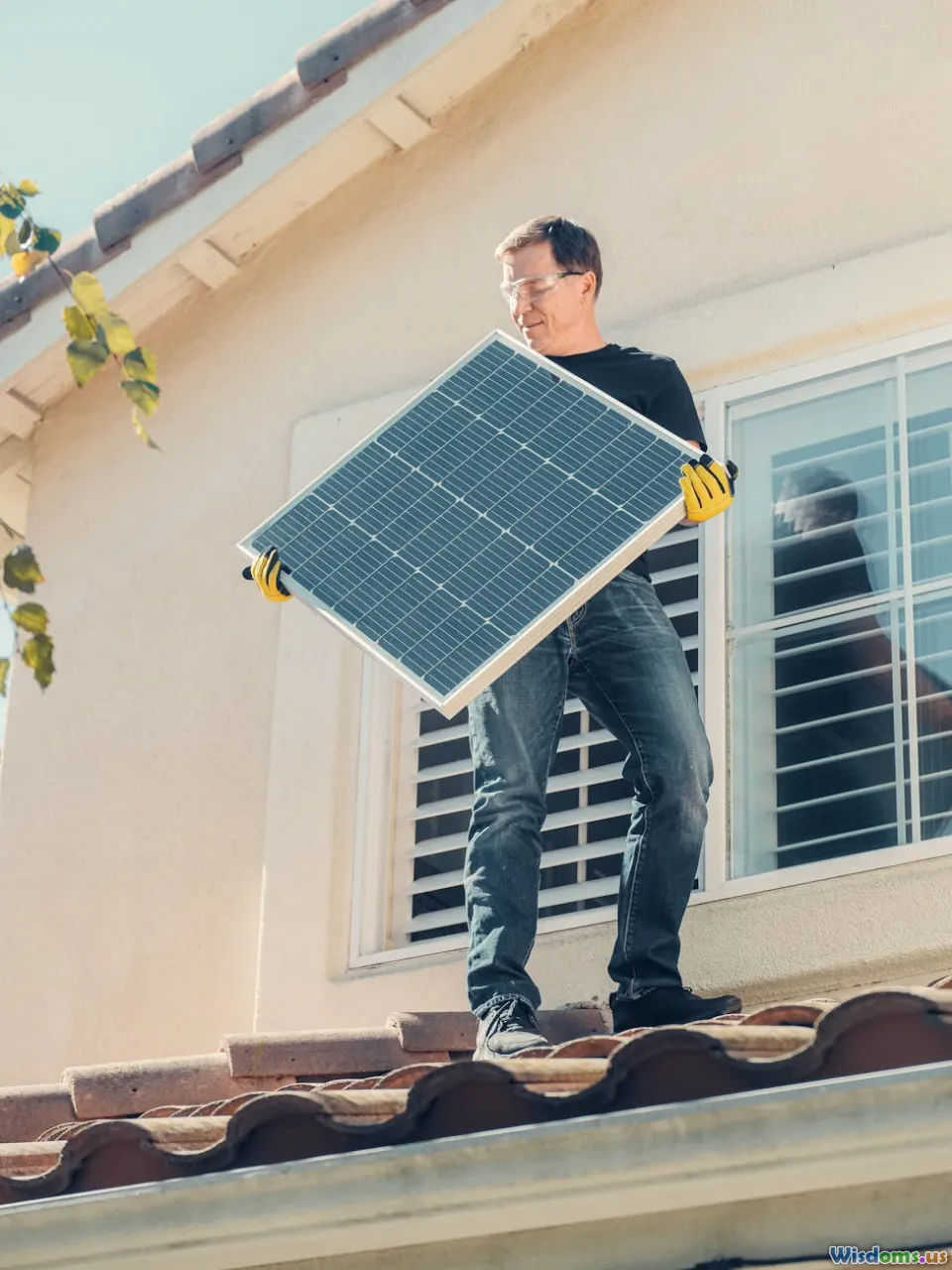
While the initial expenditure on green roofs is higher than for a basic flat roof, the investment pays off. That’s because plants and soil shield waterproof membranes from:
- Direct UV radiation
- Thermal cycling of extreme heat and cold
- Physical abrasion from hail, wind, or debris
This protection means green roofs typically double or triple the lifespan of a conventional flat roof. For property owners and developers, this translates to significant lifetime savings:
- Less frequent roof replacements or extensive repairs
- Lower insurance rates due to fire resistance (moist substrate curbs ignition risk)
- Energy savings that accrue year after year
In Germany, 90% of commercial buildings use green roofs, prompted by performance and regulatory support. For property portfolios, lower long-term costs make green roofs a compelling financial strategy.
Enhancing Urban Biodiversity: Paradise for Pollinators
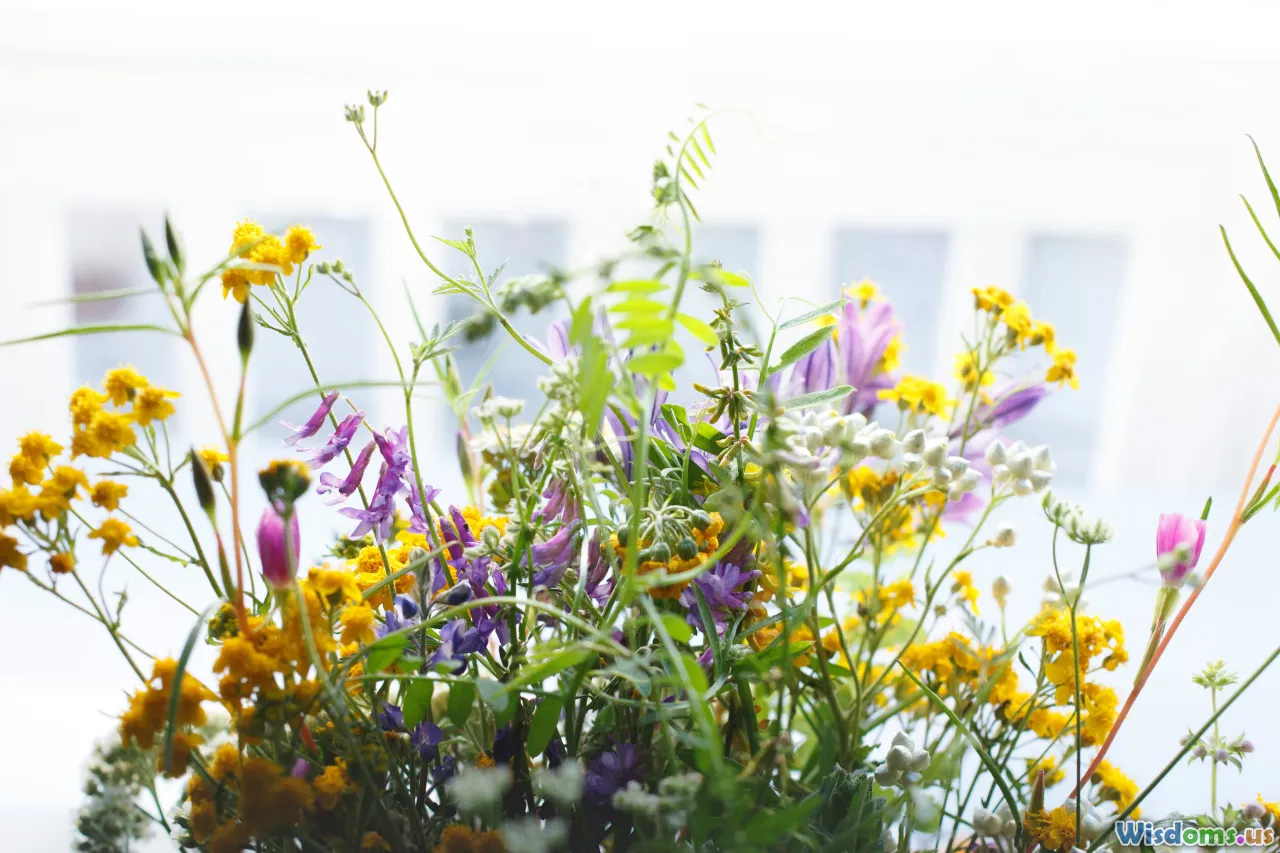
Urban environments are tough on wildlife, but green roofs reconnect city fabric to the natural world. Properly planned living roofs host wildflowers, native grasses, and sometimes even food crops. These, in turn, attract bees, butterflies, birds, and even bats.
Example: The Chicago City Hall green roof, now two decades old, is home to over 150 species of flowering plants, with regular sightings of rare native bees and migratory birds. Just a few stories up from busy streets, development teams have created genuine habitats where none existed before.
Clever rooftop corridors can even create migration paths connecting isolated urban parks. For cities wary of pollinator loss and biodiversity collapse, every new rooftop garden is a bite-sized nature reserve.
Elevated Amenity and Wellbeing
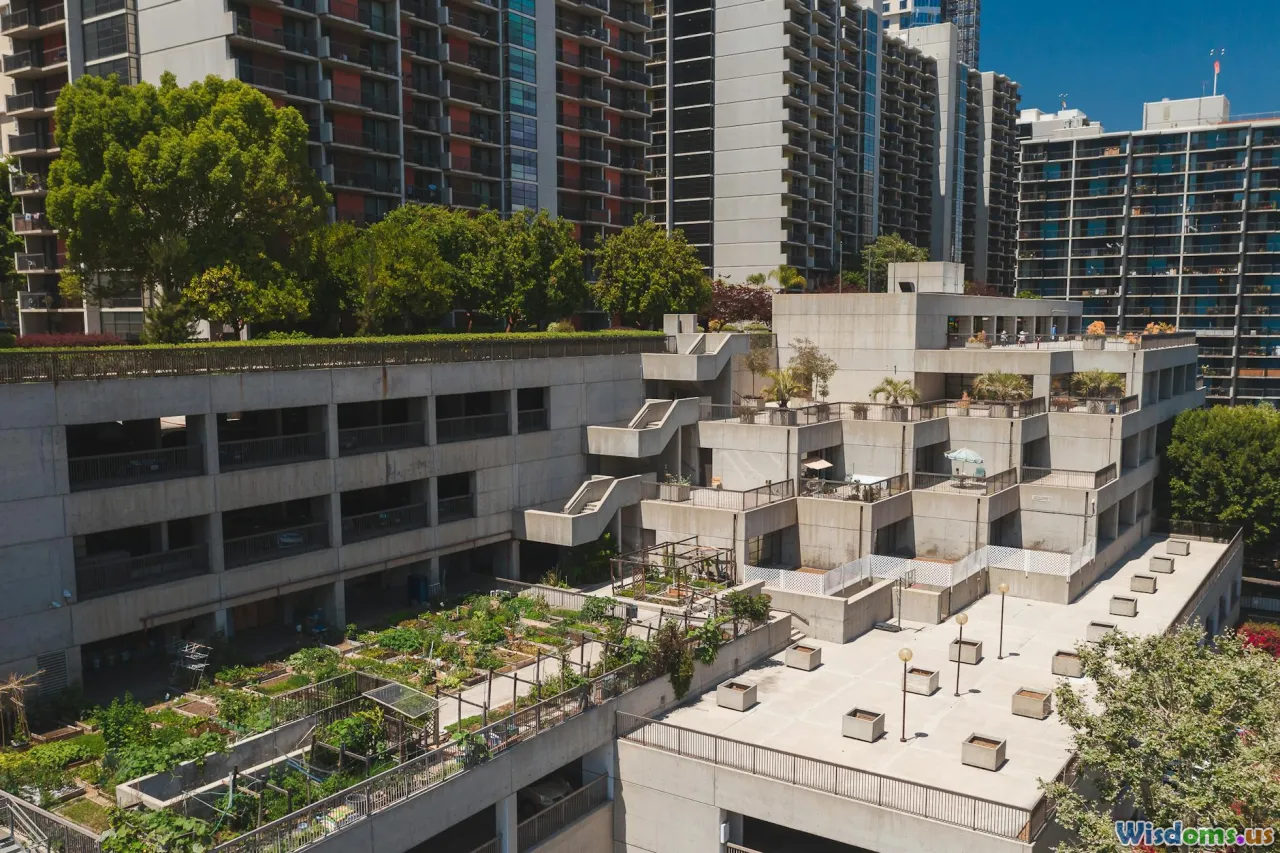
Humans benefit too: green roofs often become sought-after spots to relax, dine, or even work outdoors. Access to green views and fresh air is proven to lower stress, improve concentration, and promote social engagement.
- Residential projects often include rooftop allotments or shared gardens, boosting quality of life.
- Schools and universities use green roofs as outdoor classrooms — kids in Brooklyn’s Brooklyn Grange farms learn botany on the same surface that powers science classrooms below.
- Workplaces with outdoor roof terraces see higher occupant satisfaction and productivity metrics.
Shanghai’s Swire Properties, for example, transformed an unusable office roof into a public café and green event space, increasing building occupancy and media profile.
Implementation: Challenges and Solutions
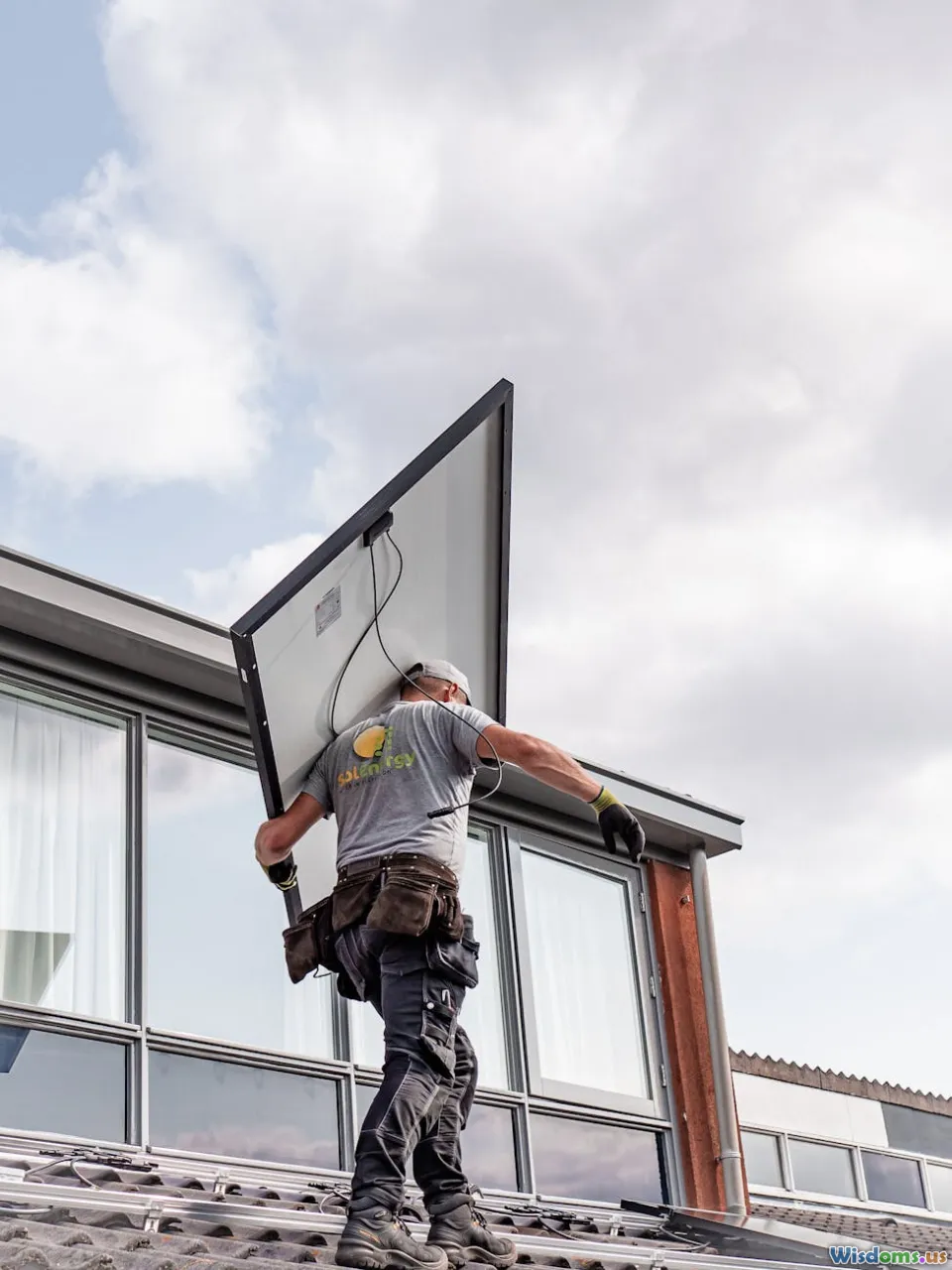
Laying the groundwork for a green roof involves more than rolling out sod: buildings must be assessed for weight capacity, load distribution, and membrane durability. Intensive roofs may require structural upgrades. Maintenance — while generally low — does demand periodic weeding, substrate checks, and irrigation during drought.
Key steps include:
- Structural Analysis: Engage structural engineers early to assess load-bearing ability.
- Design: Select plant species suited to local climate and roof microclimate — frost, wind, and sun levels matter.
- Waterproofing: Invest in high-quality, root-resistant membranes to prevent leaks.
- Drainage: Design so water flows away effectively, preventing pooling.
- Maintenance Plan: Budget for seasonal inspections, particularly in the first 2–3 years as plantings establish.
Legal codes are evolving too. In Paris, new commercial builds must dedicate at least half their rooftops to greenery or solar, serving as a blueprint for harmonizing greening and clean energy production.
Overcoming Barriers: Policy and Incentives

Despite clear benefits, adoption barriers remain: upfront costs, lack of expertise, or restrictive codes. That’s why cities worldwide are crafting creative incentives:
- Tax credits and subsidies: Toronto and Basel (Switzerland) offer up to 30% build cost offsets for extensive green roofs.
- Stormwater fee reduction: Washington, D.C. reduces utilities for properties with rain-capturing roofs.
- Zoning bonuses: Developers in Singapore gain additional floor area if green roof targets are met.
- Mandatory requirements: Recently, New York City has required new buildings of a certain size to incorporate green roofs, solar, or both on all available rooftops.
Tip: For landlords or homeowners, investigate local grants or rebates before starting a project—city sustainability offices or NGOs can help identify financial support.
Emerging Innovations: New Frontiers for Living Architecture

The green roof movement is evolving rapidly. Advances include modular tray systems for quicker installation, IoT sensors for real-time health monitoring, and integration with solar panels ("biosolar roofs"). New lightweight soils and drought-resistant crops are expanding options even in arid zones.
Urban designers are pushing limits:
- Tokyo is piloting “urban farming rooftops” with vegetables and fruit trees offsetting food miles.
- In Barcelona’s Superblocks, contiguous green roofs help route rainwater into neighborhood cisterns, recharged into parks and fountains.
- In Sydney, architects are stacking multi-tiered green roofs and walls to form semi-wild facades hosting wallabies, nesting birds, and rare mosses.
For creative city-making, the next decade will see green roofs integrated with urban agriculture, renewable energy, and biodiversity networks — a true shift towards regenerative, rather than merely sustainable, development.
Making Your Roof Green: Actionable Steps
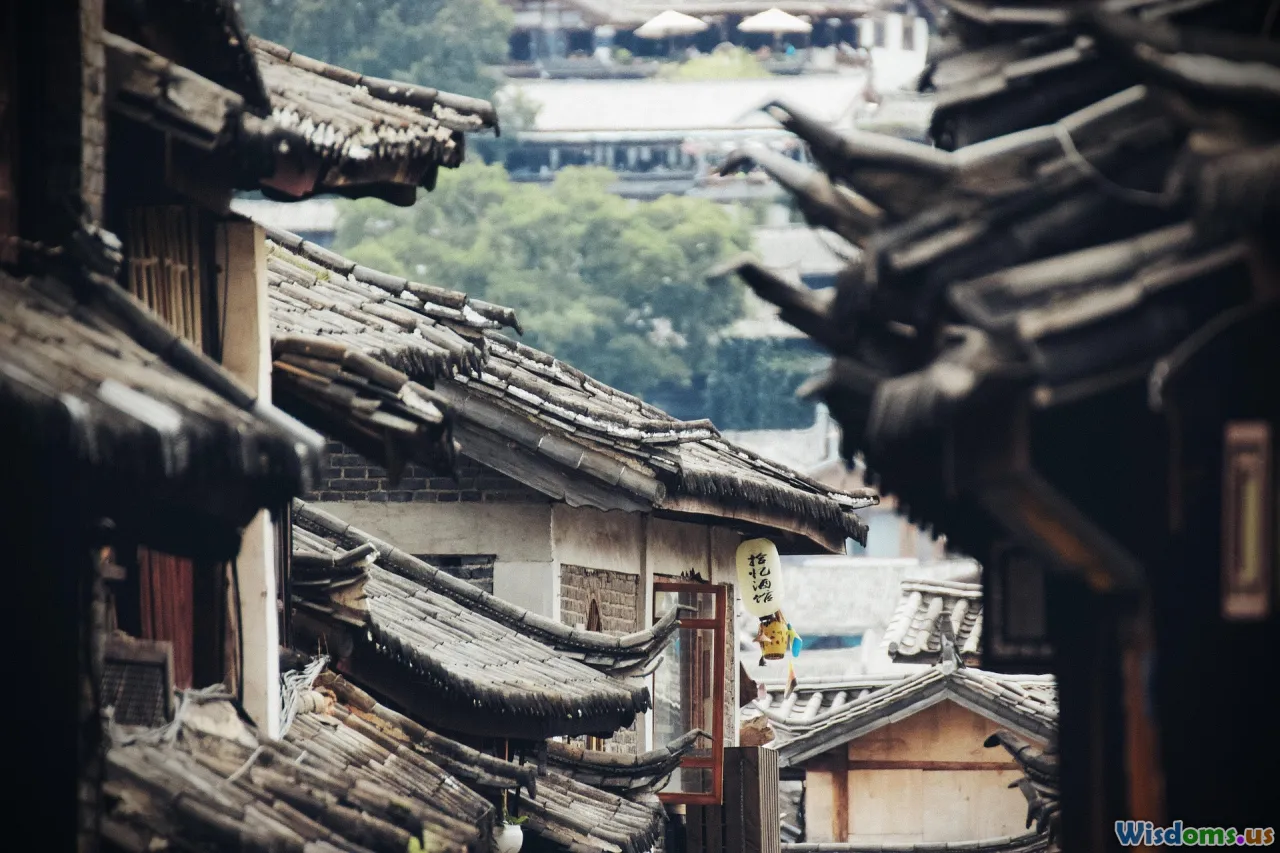
Whether you own a family home or oversee a high-rise, making the leap to a green roof is increasingly feasible. Here are actionable steps for getting started:
1. Understand Your Roof:
- Is it flat or sloped?
- What’s the surface area and weight capacity?
- Are there obstructions (vents, solar)?
2. Consult Professionals:
- Start with a structural engineer and green roofing specialist.
- Request case studies or references specific to your building size and climate.
3. Design with Locals in Mind:
- Choose native or adapted plants for climate resilience.
- Plan for irrigation, especially in summer.
- Include walkways or seating if people will access the roof.
4. Secure Incentives:
- Search for municipal tax breaks, grant programs, and green lending options.
- Apply for waterproofing warranties — peace of mind for homeowners.
5. Celebrate Progress:
- Participate in citywide open-rooftop days to inspire neighbors.
- Document wildlife or energy savings for future projects.
In a few years, your investment can naturally lower your community’s electricity usage, raise property values, and bring pollinators and birds back to city blocks.
The transformation of urban skylines isn’t simply aesthetic—it’s ecological, social, and strategic. Green roofs embody the promise of a nature-positive future, merging the best of science, civic policy, and hands-on stewardship. With every new rooftop meadow, city dwellers reclaim a little fragment of the wild, save resources, and forge cooler, kinder neighborhoods for future generations to inherit.
Rate the Post
User Reviews
Popular Posts











